Yin yoga is a moderate, gradual-paced style of yoga this is great for everybody seeking to unwind and beautify their flexibility. In this blog post, we’ll discover some of the notable yin yoga poses to let you lighten up, stretch, and find inner peace. Whether you are a beginner or a skilled yogi, those poses provide something for each person. So, capture your mat and permit your dive into the vicinity of yin yoga!
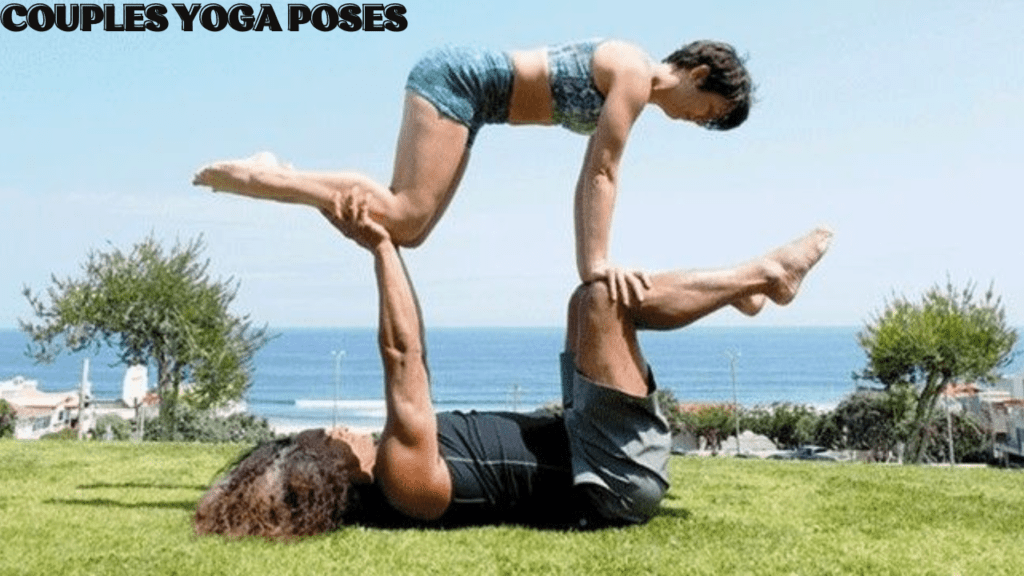
What is Yin Yoga?
Before we leap into the poses, permit’s take a 2d to understand what yin yoga is all about. Yin yoga is a meditative workout that specializes in maintaining poses for longer periods, commonly 3-5 minutes or maybe longer. Unlike greater energetic forms of yoga, yin goals are the deep connective tissues in your frame, alongside ligaments, joints, and fascia. This slight approach enhances flexibility, reduces stress, and sells ordinary well-being.
The Benefits of Yin Yoga
Yin yoga gives an extensive range of advantages for each of your body and mind. Here are a number of the important thing benefits:
- Increased flexibility
- Improved joint mobility
- Reduced stress and anxiety
- Better sleep best
- Enhanced mindfulness and meditation abilities
- Improved circulate
- Balanced strength glides inside the body
Now that we apprehend the basics, permit’s discover a number of the best yin yoga poses you may attempt at home.
10 Essential Yin Yoga Poses
1. Butterfly Pose (Baddha Konasana)

The butterfly pose is a fantastic manner to open up your hips and stretch your inner thighs. Here’s a manner to do it:
- Sit on your mat collectively at the thing of your legs properly away out in front of you.
- Bend your knees and produce the soles of your toes collectively.
- Allow your knees to fall out to the edges.
- Hold onto your toes or ankles and gently fold earlier from your hips.
- Hold for three minutes, focusing on your breath and a laugh into the pose.
2. Child’s Pose (Balasana)
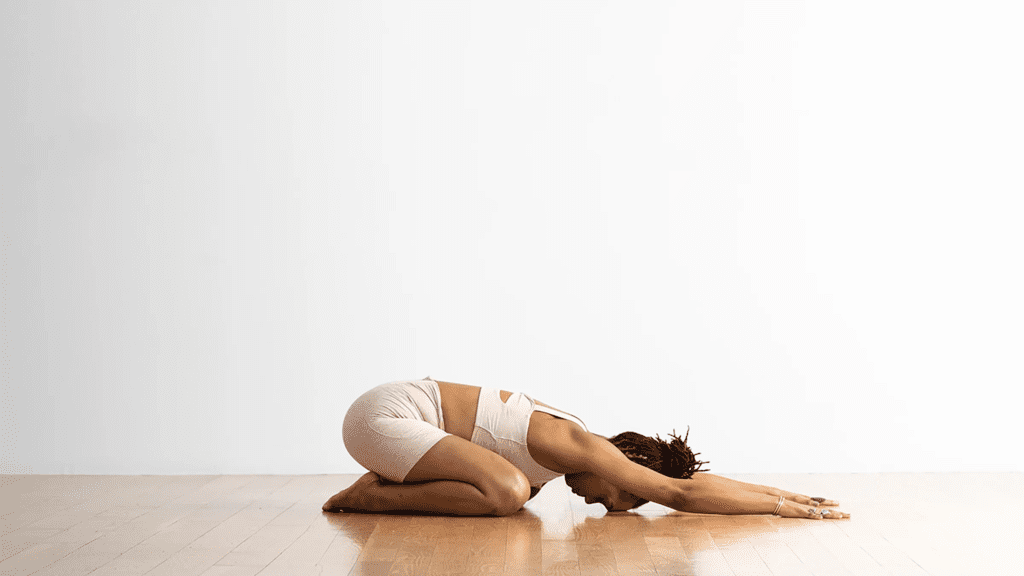
Child’s pose is a restful function that stretches your lower lower returned, hips, and thighs. Follow the ones steps:
- Start in your palms and knees.
- Spread your knees big apart at the same time as preserving your big feet touch.
- Sit decrease decrease decrease again for your heels and stretch your palms out inside the front of you.
- Rest your forehead on the mat and breathe deeply.
- Hold for three to five minutes, allowing your frame to sink into the pose.
3. Sphinx Pose

The sphinx pose is first-rate for strengthening your spine and stretching your chest and abs. Here’s how to do it:
- Lie for your belly at the side of your legs extended in the back of you.
- Place your elbows below your shoulders, and forearms on the floor.
- Lift your upper frame, preserving your lower body relaxed on the mat.
- Gaze beforehand or barely downward to hold your neck in a cushy position.
- Hold for 3-five minutes, breathing deeply into your lower decrease back.
4. Seated Forward Fold (Paschimottanasana)

This pose stretches your entire lower back body, from your calves to your spine. Follow the ones steps:
- Sit on your mat together with your legs extended in front of you.
- Flex your toes, pointing your feet in the direction of the ceiling.
- Inhale and extend your backbone.
- Exhale and fold ahead from your hips, attaining for your feet or ankles.
- Hold for 3-five minutes, which specializes in enjoying your once more and hamstrings.
5. Half Pigeon Pose (Ardha Kapotasana)
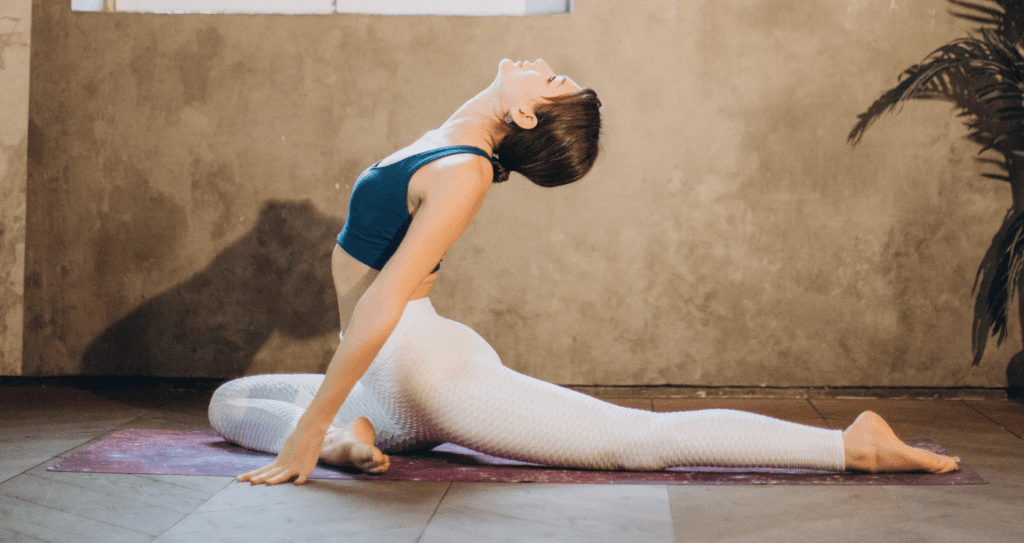
Half pigeon pose is great for establishing up your hips and stretching your glutes. Here’s how to do it:
- Start in a tabletop role.
- Bring your proper knee forward and area it behind your proper wrist.
- Extend your left leg instantly behind you.
- Lower your higher frame onto your forearms or down to the mat.
- Hold for three to five minutes, then switch facets.
6. Reclining Twist (Jathara Parivartanasana)
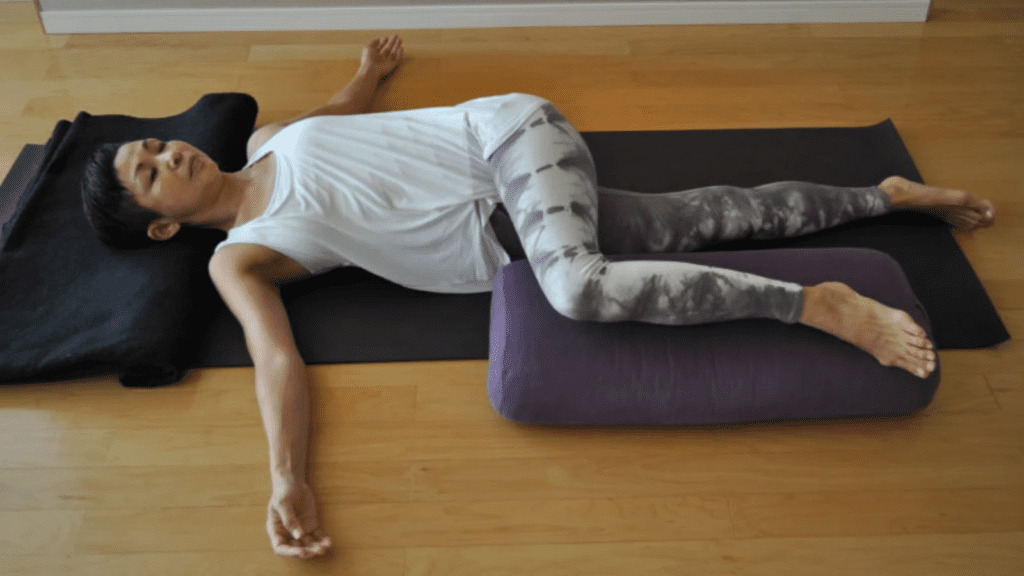
This pose allows the release of anxiety for your backbone and stretches your returned muscles. Follow these steps:
- Lie to your return with your arms prolonged out to the sides.
- Bend your knees and location your feet flat on the mat.
- Drop each knee to the right facet, keeping your shoulders flat on the mat.
- Turn your head to the left if it is snug in your neck.
- Hold for three to five minutes, then transfer aspects.
7. Happy Baby Pose (Ananda Balasana)
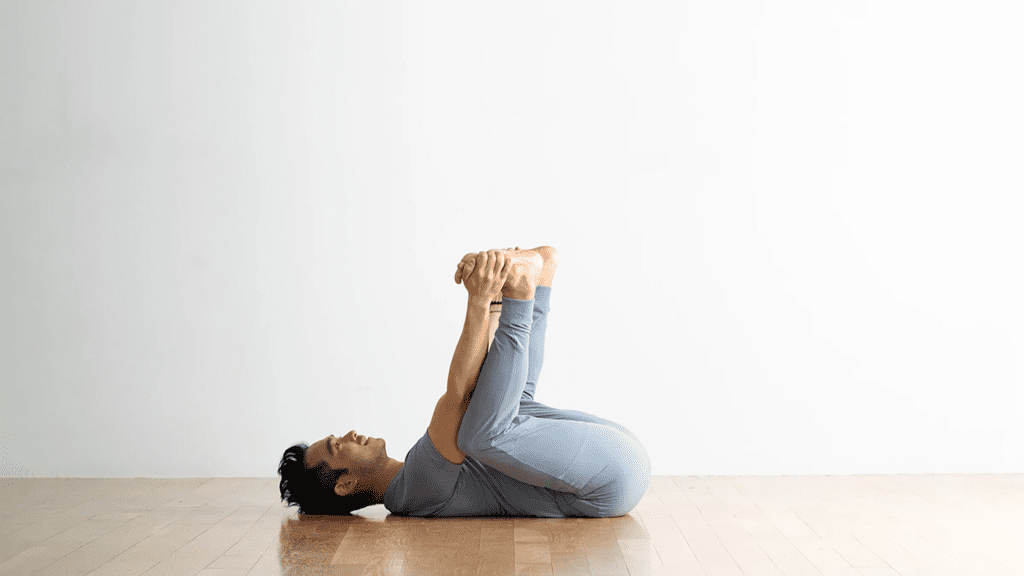
Happy infant pose is a playful manner to stretch your decreased returned and inner thighs. Here’s the way to do it:
- Lie in your lower back and produce your knees closer to your chest.
- Grab the outsides of your feet with your palms.
- Open your knees wider than your torso, bringing them in the direction of your armpits.
- Gently rock facet to aspect if it feels accurate.
- Hold for 3-5 mins, focusing on relaxing your decrease back.
8. Dragon Pose

Dragon pose is a first-rate hip opener and quad stretch. Follow the steps:
- Start in a low lunge with your right foot forward.
- Lower your left knee to the mat and slide it lower back till you feel a stretch for your hip flexor.
- Place your arms on either aspect of your proper foot or blocks for aid.
- Hold for three minutes, then transfer aspects.
9. Sleeping Swan Pose

This pose is a deeper version of the half-pigeon pose. Here’s the way to do it:
- Start in half of of pigeon pose together with your right leg forward.
- Slowly walk your fingers ahead, reducing your higher body in the direction of the mat.
- Rest your forehead on your forearms or the mat.
- Hold for 3-5 mins, then switch aspects.
10. Legs Up the Wall Pose (Viparita Karani)

This restorative pose lessens strain and promotes relaxation. Here’s a way to do it:
- Sit with one hip towards a wall.
- Lie again and swing your legs up the wall.
- Scoot your buttocks as near the wall as snug.
- Relax your hands through your facets or locate them in your stomach.
- Hold for five-10 mins, specializing in deep, gradual breaths.
Tips for Practicing Yin Yoga
To get the maximum from your yin yoga exercise, keep those tips in thoughts:
- Use props: Blocks, bolsters, and blankets can help assist your body in the poses.
- Find your side: Go to the factor wherein you sense a gentle stretch, however now not ache.
- Stay nevertheless: Try to remain motionless inside the poses to permit for deep stretching.
- Breathe deeply: Focus on gradual, deep breaths to help you loosen up into the poses.
- Be patient: It takes time to see results, so practice frequently and consistently.
- Listen to your frame: If a pose doesn’t sense right, come out of it slowly and attempt an exclusive one.
- Practice mindfulness: Use this time to connect with your breath and observe your mind.
Creating a Yin Yoga Sequence
Now that you’re acquainted with these yin yoga poses, you may create your very own series. Here’s a pattern 30-minute recurring:
- Child’s Pose (3 mins)
- Butterfly Pose (4 minutes)
- Half Pigeon Pose (proper side, four minutes)
- Half Pigeon Pose (left aspect, four minutes)
- Sphinx Pose (three minutes)
- Seated Forward Fold (4 mins)
- Reclining Twist (right aspect, 2 mins)
- Reclining Twist (left side, 2 minutes)
- Legs Up the Wall Pose (four minutes)
Remember to transition slowly among poses and take some breaths in a neutral role before moving to the subsequent pose.
When to Practice Yin Yoga
Yin yoga may be practiced at any time of day, however many people discover it particularly useful inside the night to help them unwind and put together for sleep. You also can strive for a brief yin yoga sequence in the morning to gently wake up your body or at some point during your lunch spoil to reset and refocus.
Conclusion
Promotes Deep Relaxation: Yin yoga encourages peaceful thoughts and frame, improving widespread relaxation.
Increases Flexibility: Regular exercising permits decorating flexibility with the aid of way of way of targeting the connective tissues.
Enhances Mindfulness: The slow-paced nature fosters mindfulness and self-recognition.
Supports Joint Health: Gentle stretching aids in preserving healthy joints and lowering stiffness.
Encourages Self-Care: Yin yoga emphasizes the importance of taking time for yourself.
Accessible for All Levels: Suitable for beginners and professional yogis alike, making it inclusive.
Builds Emotional Resilience: The workout can help launch emotional tension and promote mental readability.
Incorporating the poses into your every day can cause a extra balanced and fulfilling yoga enjoy.